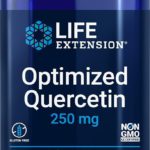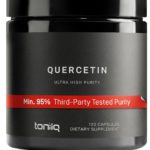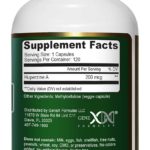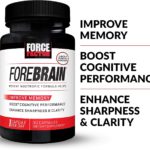Curious about the potential benefits of Palmitoylethanolamide (PEA)? Known for its ability to modulate the immune response and promote homeostasis, PEA has gained attention as a possible therapy for chronic pain and inflammation. As a naturally occurring compound, it falls under the nutraceutical category rather than being classified as a traditional pharmaceutical drug. But does PEA really work? Let’s explore the evidence and see if this naturally occurring fatty acid amide lives up to its therapeutic reputation.
What is PEA?
PEA, short for palmitoylethanolamide, is a naturally occurring fatty acid amide that belongs to the family of endocannabinoids. It was first discovered in the 1950s and has since gained attention for its therapeutic potential. PEA is produced in various tissues of the body, particularly in response to inflammation and pain. It is believed to play a role in immune modulation and homeostasis.
PEA is commonly classified as a “nutraceutical” or a “dietary supplement” because it is a naturally occurring compound rather than a pharmaceutical drug. It has attracted considerable interest for its potential benefits in managing chronic pain and inflammation. As a dietary supplement, PEA is widely available and has become a popular choice among individuals seeking alternative ways to support their well-being.
Mechanism of Action of PEA
The mechanism of action of PEA is complex and not yet fully understood. However, research suggests that it primarily acts by interacting with the endocannabinoid system. The endocannabinoid system is a network of receptors found throughout the body, involved in regulating various physiological processes such as pain, inflammation, and mood.
PEA is believed to exert its effects by binding to cannabinoid receptors, specifically CB1 and CB2 receptors, located in different tissues. By doing so, it may help regulate immune responses, reduce pain signals, and decrease inflammation. PEA also interacts with other receptors, such as PPAR-alpha, which further contribute to its therapeutic potential.

Research on the Efficacy of PEA
Numerous studies have been conducted to assess the efficacy of PEA in different conditions. Here is a summary of the research findings in specific areas:
Studies on Chronic Pain
Several clinical trials have investigated the effectiveness of PEA in managing chronic pain. In a study published in the Journal of Pain Research, researchers reviewed multiple trials and found that PEA consistently demonstrated analgesic properties and was well-tolerated by patients. PEA was shown to reduce pain intensity and improve overall quality of life in individuals with conditions such as neuropathic pain, chronic lower back pain, and fibromyalgia.
Studies on Inflammation
Inflammation is a common underlying factor in various health conditions. PEA has been extensively studied for its anti-inflammatory properties. Research published in the Journal of Neuroinflammation demonstrated that PEA effectively reduced inflammation in animal models of inflammatory diseases such as arthritis and colitis. Human trials have also shown promising results, indicating that PEA may help alleviate inflammation and its associated symptoms.
Studies on Neurological Disorders
PEA has shown potential in the field of neurology. Multiple studies have explored its role in neurodegenerative disorders such as Alzheimer’s disease and Parkinson’s disease. Research published in the journal CNS & Neurological Disorders – Drug Targets indicated that PEA possesses neuroprotective properties and may help slow down disease progression. However, more research is needed to fully understand its mechanisms and therapeutic potential in neurological conditions.
Studies on Mood Disorders
PEA has also been investigated for its effects on mood disorders such as depression and anxiety. In a randomized controlled trial published in the Journal of Affective Disorders, PEA was shown to significantly reduce depressive symptoms and improve overall mood in individuals with major depressive disorder. While these findings are promising, further research is necessary to determine the optimal dosage and long-term effects of PEA in mood management.
Safety and Side Effects of PEA
PEA is generally well-tolerated and considered safe for most individuals. Clinical trials and studies have reported minimal side effects associated with its use. The most commonly reported side effects include mild gastrointestinal symptoms such as indigestion and diarrhea, which are usually transient and resolve on their own.
It is important to note that PEA is a dietary supplement and not a substitute for professional medical advice. Individuals with underlying medical conditions or those taking medications should consult their healthcare provider before starting any new supplement, including PEA.
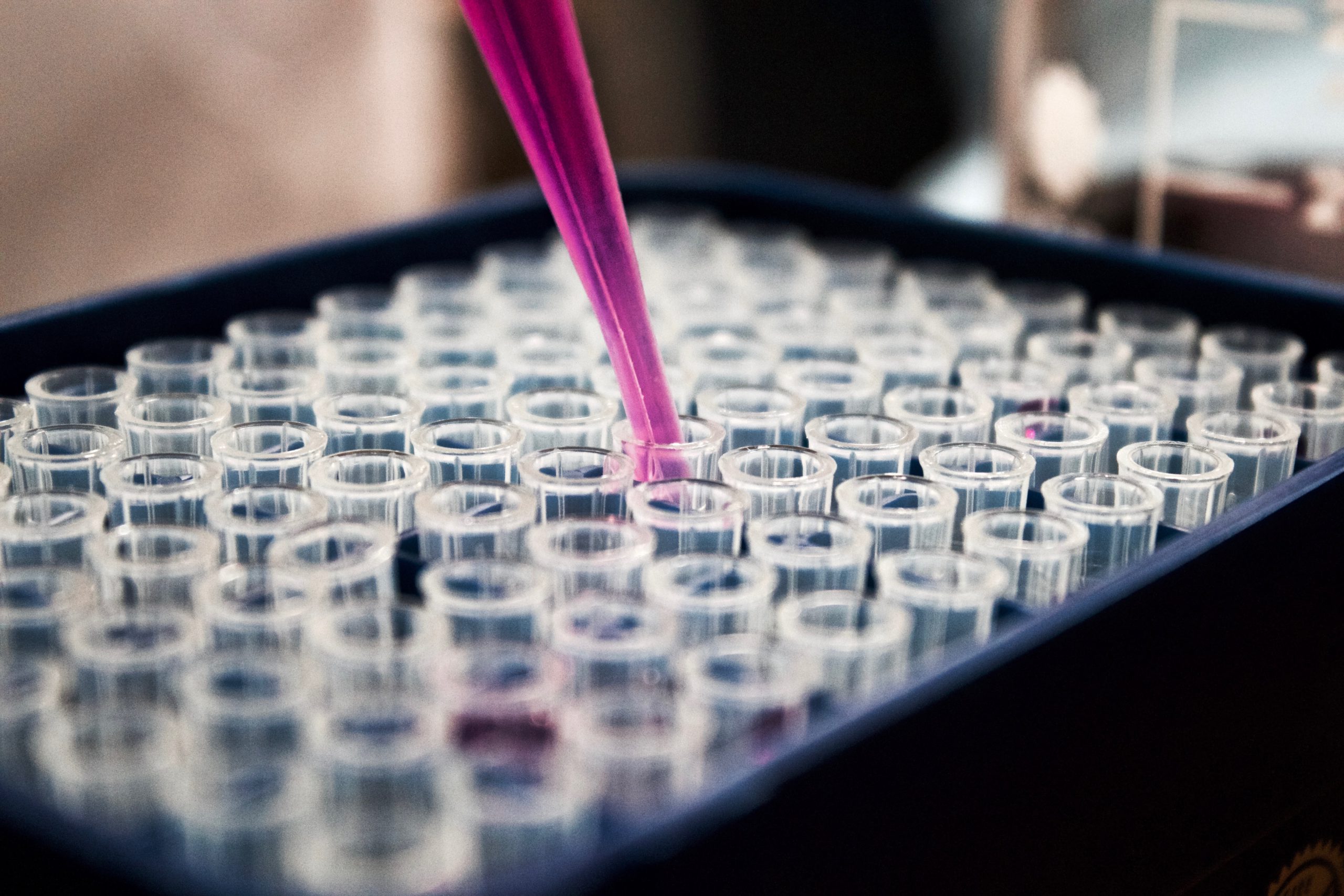
Factors that Impact the Effectiveness of PEA
Several factors can influence the effectiveness of PEA in individuals. It is essential to consider these factors to optimize the potential benefits of supplementation:
Dosage
The optimal dosage of PEA varies depending on the specific condition being addressed. Research suggests that a range of 300-1200 mg per day is commonly used in clinical trials, often divided into multiple doses. However, individual responses may vary, and it is recommended to start with the lower end of the dosage range and adjust as needed under medical supervision.
Duration of Use
PEA is not a quick-fix solution and may require consistent, long-term use to achieve optimal results. Many studies have shown that the benefits of PEA may become noticeable after a few weeks or months of regular supplementation. Patience and adherence to a consistent dosage regimen are crucial for maximizing its potential therapeutic effects.
Patient Factors
Individual factors can also influence the effectiveness of PEA. Factors such as age, weight, overall health, and the presence of underlying medical conditions may impact the response to supplementation. It is advisable to consult with a healthcare professional who can assess individual circumstances and provide personalized guidance.
Forms and Dosage of PEA Supplements
PEA is available in various forms, including capsules, tablets, and powders. Each form has its advantages and disadvantages, and the choice depends on personal preferences and ease of use. It is important to select a reputable brand that ensures product quality and purity.
Dosage recommendations may vary among manufacturers and health professionals. It is best to follow the dosage instructions provided on the product packaging or consult with a healthcare professional for personalized advice.
Availability of PEA
Legality and Regulations
PEA is generally considered legal and available as an over-the-counter supplement in many countries. However, it is important to familiarize oneself with the specific regulations and laws regarding PEA in the respective jurisdiction. Some countries may have restrictions or require a prescription for its use.
Where to Buy
PEA supplements are widely available online and in health food stores. However, it is crucial to purchase from reputable sources to ensure product quality and safety. Look for brands that undergo third-party testing and follow good manufacturing practices (GMP) to ensure the purity and potency of their products.
Expert Opinions on PEA
Many experts in the field of pain management, inflammation, and neurology have shown interest in PEA and its potential therapeutic applications. Although more extensive research is needed to fully understand its mechanisms and benefits, initial findings are encouraging. Many experts believe that PEA has the potential to be a useful tool in managing chronic pain, inflammation, and other related conditions.
User Experiences with PEA
Numerous anecdotal reports indicate positive experiences with PEA supplementation. Users have reported improvements in pain levels, inflammation, and overall well-being. However, individual experiences can vary, and it is essential to note that anecdotal evidence should not replace scientific research or medical advice. Consulting with a healthcare professional can provide a comprehensive understanding of the potential benefits and risks of PEA.
Conclusion
PEA, a naturally occurring fatty acid amide, has gained attention for its potential therapeutic properties. Extensive research suggests that PEA may be effective in managing chronic pain, inflammation, and certain neurological and mood disorders. While additional research is necessary to fully understand its mechanisms of action and optimal usage, PEA holds promise as a dietary supplement for individuals seeking alternative ways to support their well-being.
As with any dietary supplement, it is important to consult with a healthcare professional before considering PEA, especially if you have underlying medical conditions or are taking medications. Following the recommended dosage and seeking reputable sources for PEA supplements can help ensure safety and maximize potential benefits. Remember, your healthcare provider can provide personalized guidance tailored to your specific needs.


